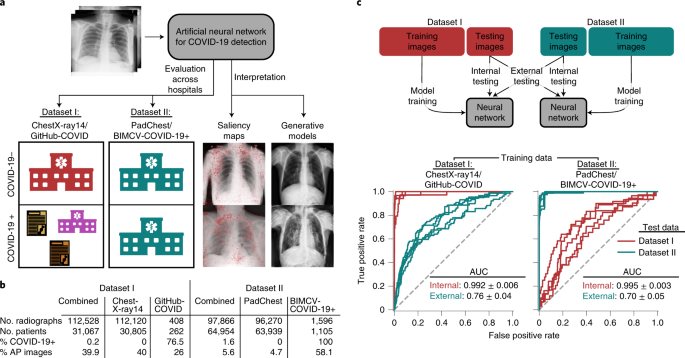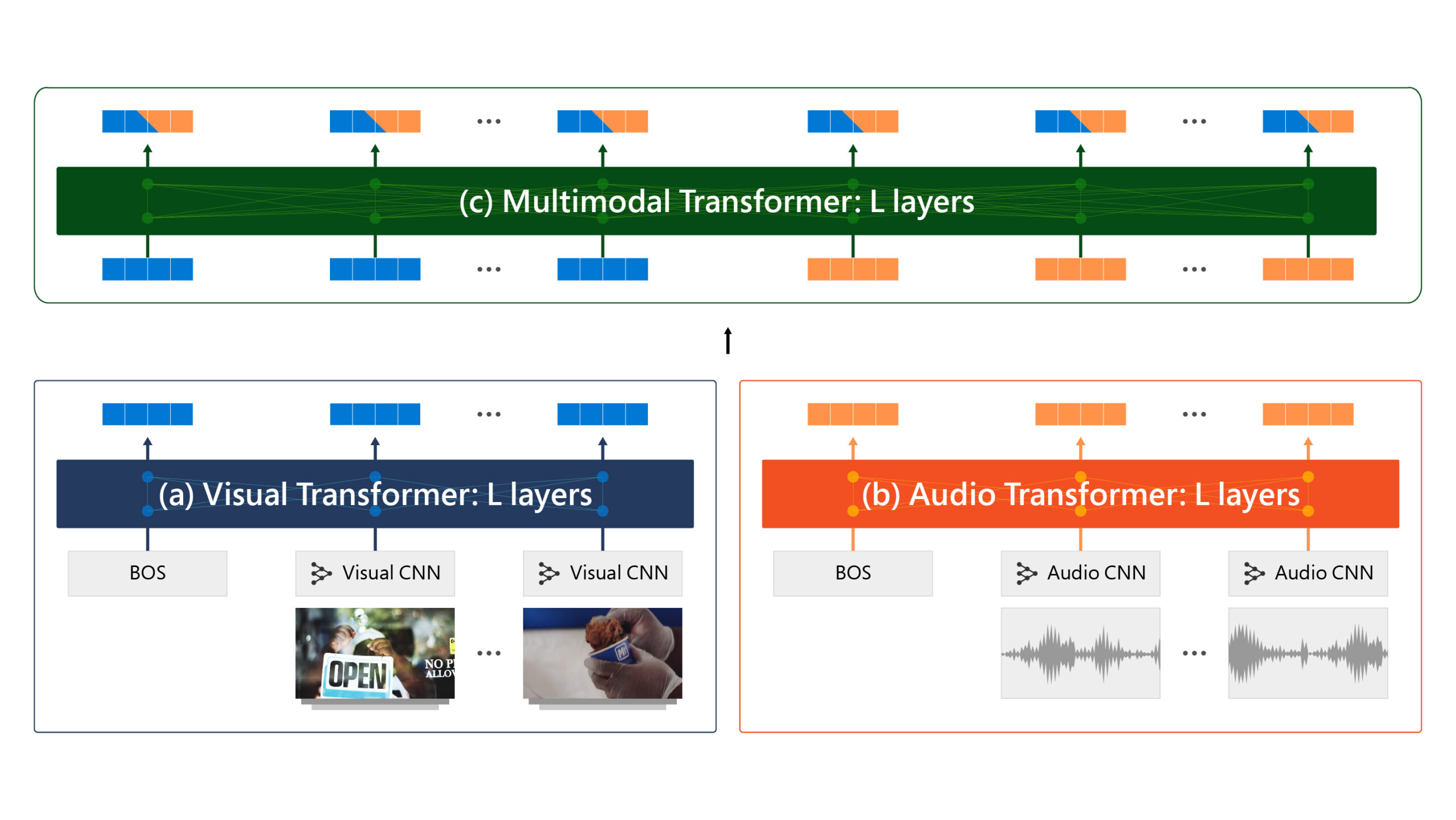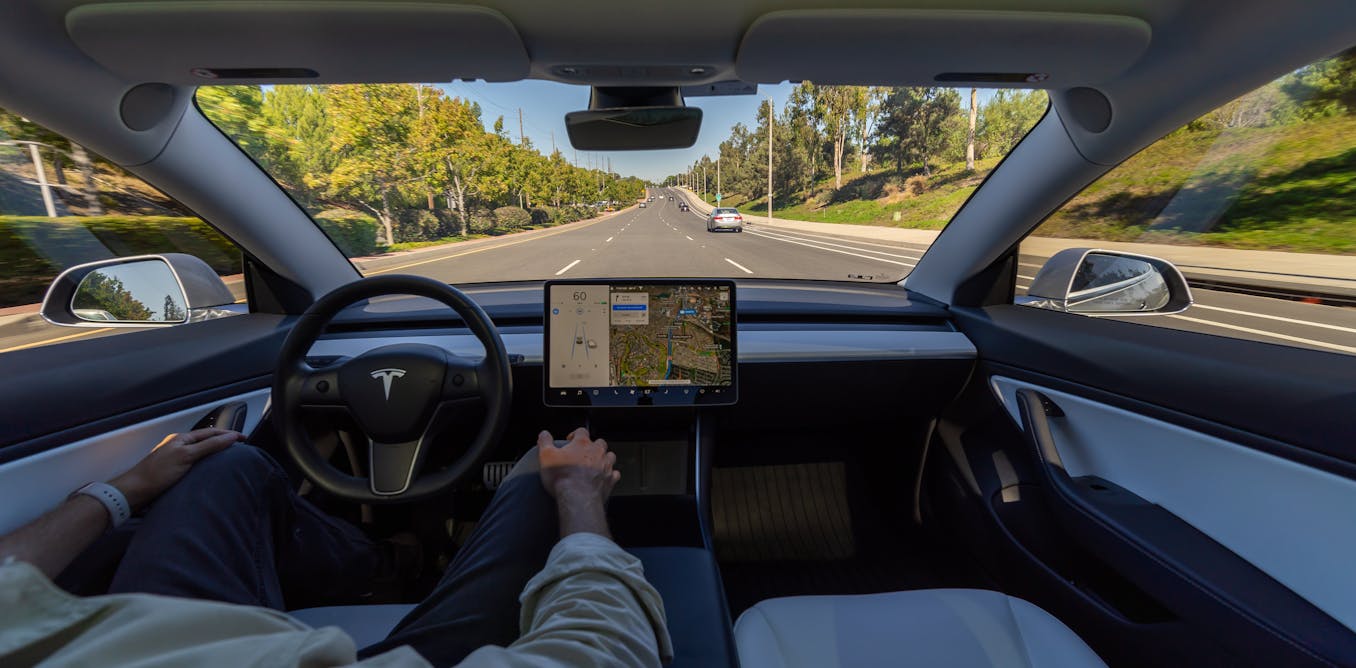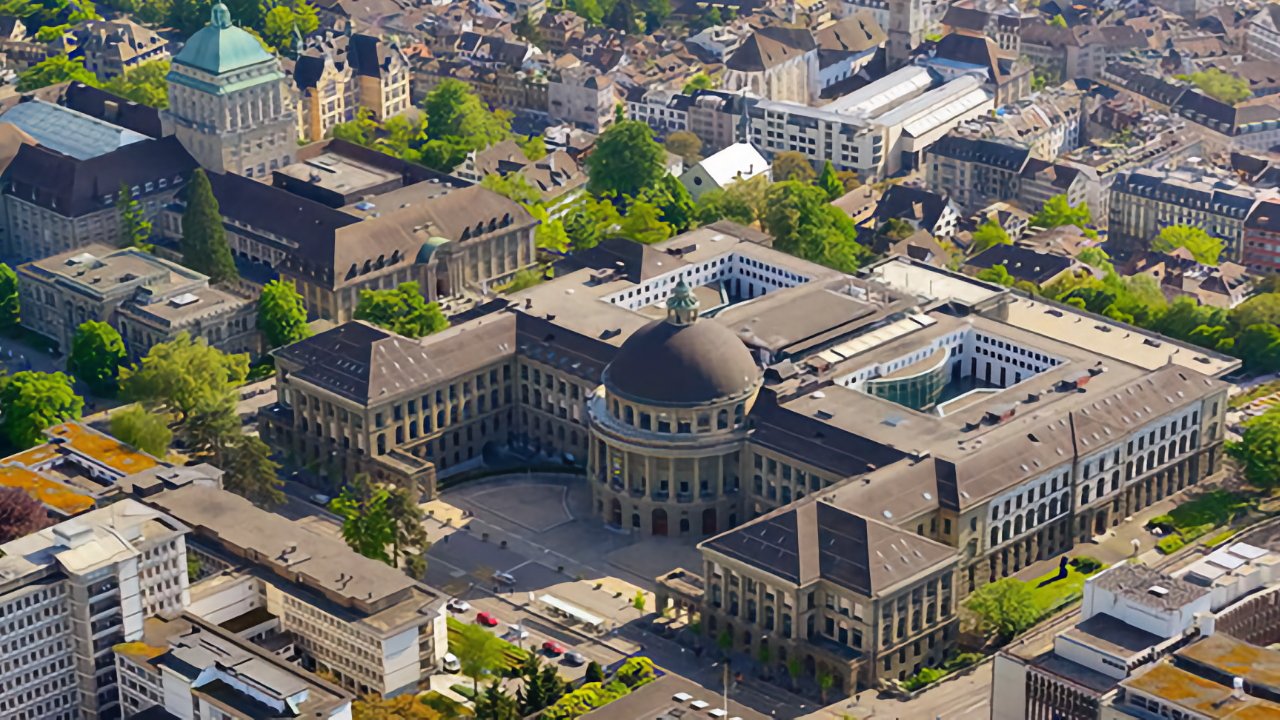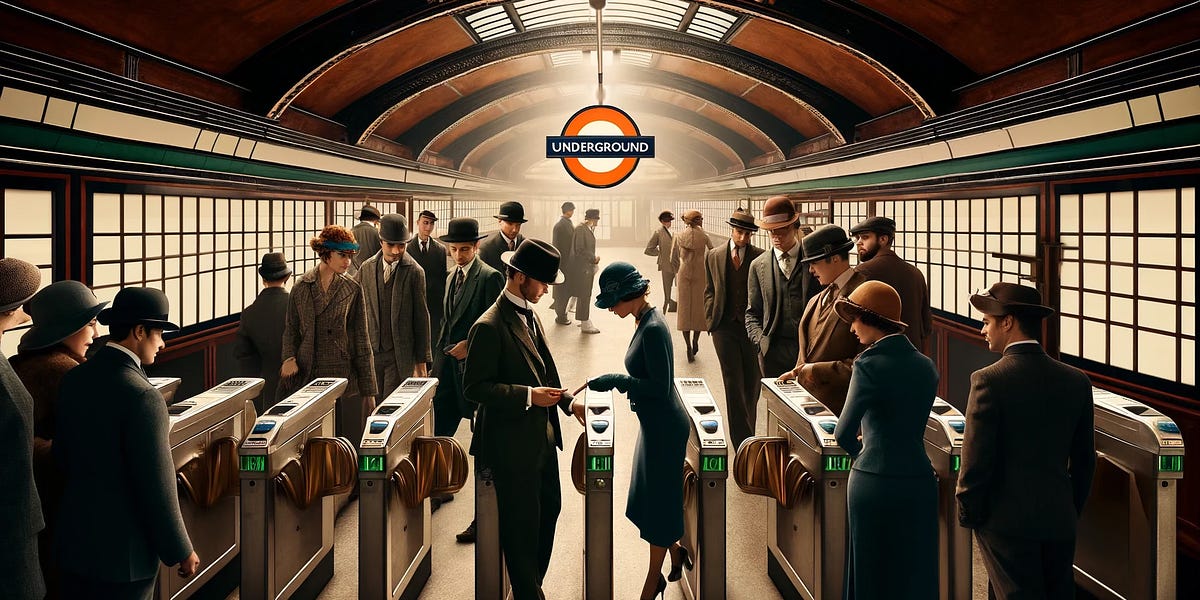
Waymo and Uber research presents AI techniques to improve self-driving systems
During a workshop on autonomous driving at the Conference on Computer Vision and Pattern Recognition (CVPR) 2020, Waymo and Uber presented research to improve the reliability — and safety — of their self-driving systems. Waymo principal scientist Drago Anguelov detailed ViDAR, a camera and range-centric framework covering scene geometry, semantics, and dynamics. Raquel Urtasun, chief scientist at Uber’s Advanced Technologies Group, demonstrated a pair of technologies that leverage vehicle-to-vehicle communication for navigation, traffic modeling, and more.
ViDAR, a collaboration between Waymo and one of Google’s several AI labs, Google Brain, infers structure from motion. It learns 3D geometry from image sequences — i.e., frames captured by car-mounted cameras — by exploiting motion parallax, a change in position caused by movement. Given a pair of images and lidar data, ViDAR can predict future camera viewpoints and depth data.
According to Anguelov, ViDAR uses shutter timings to account for rolling shutter, the camera capture method in which not all parts of a scene are recorded simultaneously. (It’s what’s responsible for the “jello effect” in handheld shots or when shooting from a moving vehicle.) Along with support for up to five cameras, this mitigating step enables the framework to avoid displacements at higher speeds while improving accuracy.


